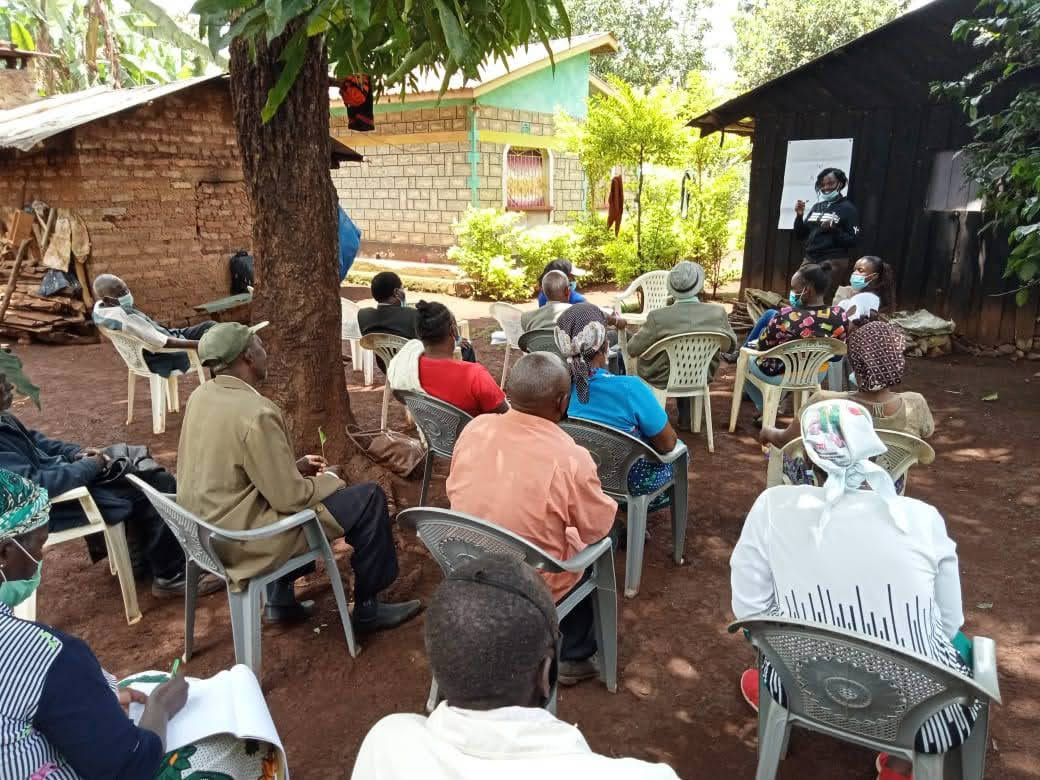
Communities in developing countries are the underprivileged. In Sub-Saharan Africa, more than 80% of the populations depend on rain-fed agriculture. In Kenya 70% of the people live in rural areas where they work on farms to generate food and income.
Their lives are characterized by:
- Diminishing land sizes
- Diminishing financial capacity to purchase chemical farm inputs
- Diminishing ability to establish farm mechanization.
- Declining soil fertility and energy sources
- Reducing ability to determine prices for their agricultural produce.
- Reduced ability to irrigate farms.
- Reduced ability to influence policies that control their rural development.
On the other hand;
- Increasing family and population sizes.
- Increasing prices for rural development goods and services.
The end result of the scenario analyzed above is a people who are disempowered. SACDEP believe that people are not necessarily poor, their status are as a result of poor development strategies.
These strategies are perpetuated by a biased elitist minority mostly guided by academic and foreign thinking.
Therefore, SACDEP SAYS “give people an opportunity to develop themselves and you will be surprised at what they can do for themselves.”

These principles have been tested for the past 30 years by SACDEP through many projects. Experiences gained have been enormous. Based on this practical knowledge, SACDEP has refined sustainable agriculture into 7 key technical pillars thus:
- To reduce weakness and vulnerability. Farmers are organized into strong groups for different projects and initiatives.
- Crop and livestock Programmes guided by the principles of sustainable agriculture, specifically using low external inputs.
- To have a good measure of determination farmers are trained to produce, process, add value and market as economically feasible.
- Small holder farmers are not oftenly credit worthy (especially women) to banks and micro finance Institutions. Farmers form own village banks to save and obtain credit.
- Majority of the communities live in the difficult to reach rural regions. Use of Renewable Energy Sources is trained on. They use it for food processing, cooking, lighting, transportation etc.
- Harnessing, Conserving and Utilization of community shared resources. Communities work in the conservation and sustainable use of water for irrigation, cattle tick control dips and rehabilitation of forests and water catchments.
- Most communities leave others to determine their future. Ongoing Programmes educate farmers on policies, rules and regulations that affect them and how they can make proactive participation in their review and formulation.
